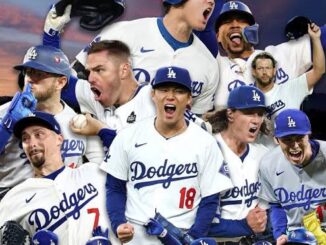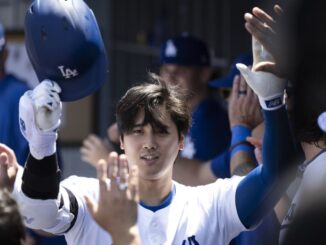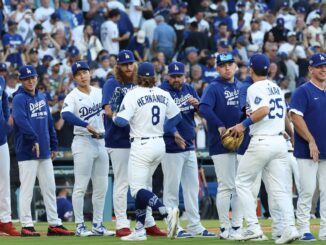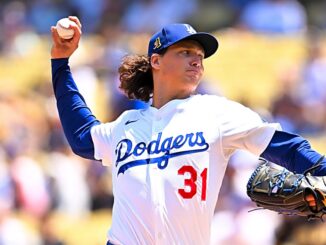
Los Angeles dodgers
THE LOS ANGELES DODGERS ARE BACK-TO-BACK WORLD SERIES CHAMPIONS! 🏆💙
The Los Angeles Dodgers have done it again — for the second straight year, they reign supreme as World [MORE DETAILS]

The Los Angeles Dodgers have done it again — for the second straight year, they reign supreme as World [MORE DETAILS]

The Major League Baseball postseason has delivered another round of thrilling action, and this year’s Championship Series matchups have [MORE DETAILS]

LOS ANGELES — In the final inning of Game 3 of the National League Championship Series on Thursday, [MORE DETAILS]

From the first pitch of Game 1, it was clear that Los Angeles came into this postseason with [MORE DETAILS]
Copyright © 2025 | MH Magazine WordPress Theme by MH Themes